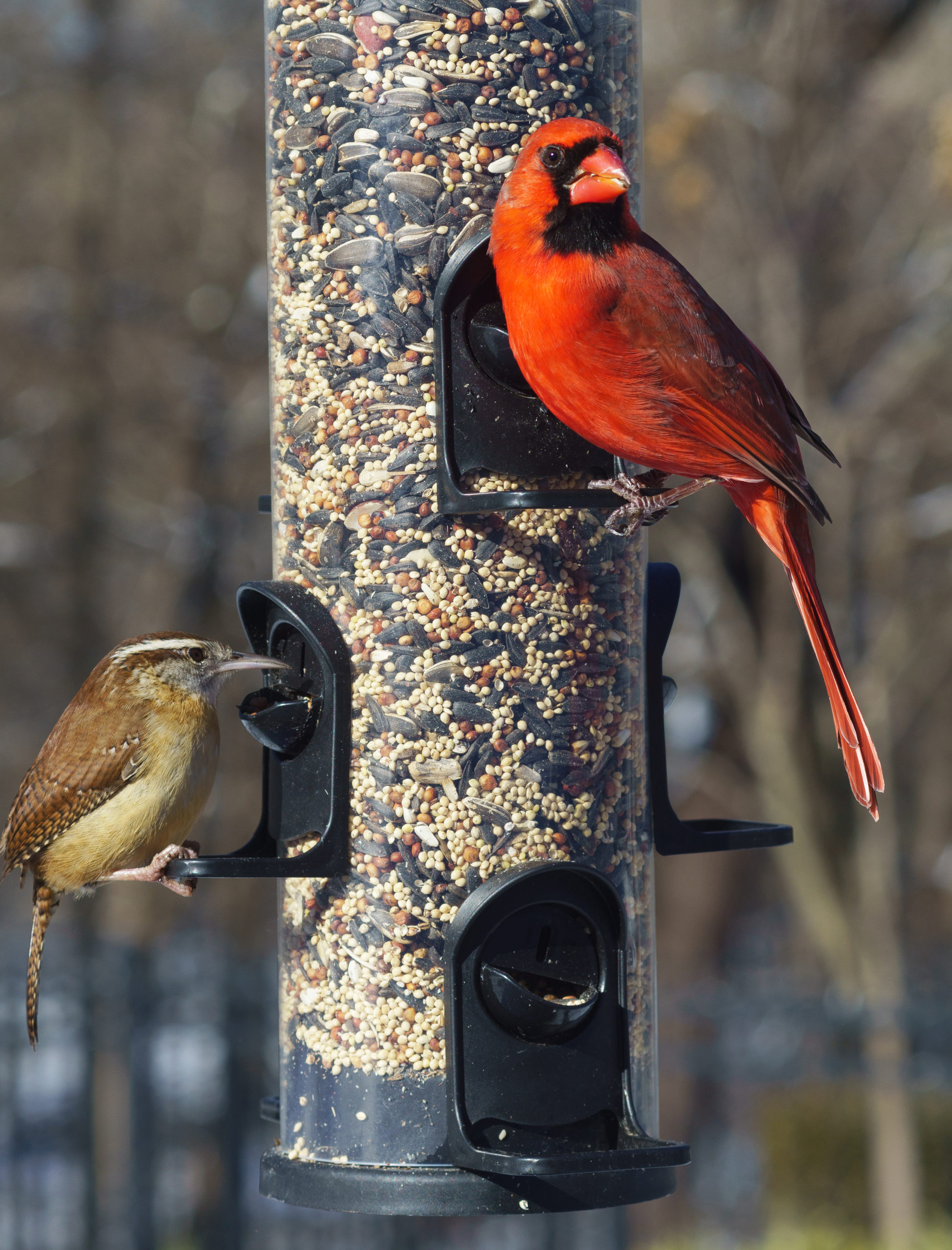


Yesterday I made the 2-hour mostly 2-lane-road drive between my teaching job and home and I noticed for the first time this phone booth sitting all by itself in a tiny town (pop. ~300). The sign on top was lit and it had a light inside. I wonder if it works.

Five years ago this advice at a data journalism conference caught my ear. See, “Quiet” was a thing we had sometimes, back then.
Best guess here is squirrel fell out of the tree

My kid doesn’t take kindly to being tricked by how words are spelled, so he just asked me if “noodles” has a silent e at the end.
I recognize that if you’re serious about jazz you probably already know this album, but if you’re a casual listener like me: I found Jazz at the Pawnshop a month or so ago, and it’s everything good about listening in a club, especially while we can’t. Treat yourself.













